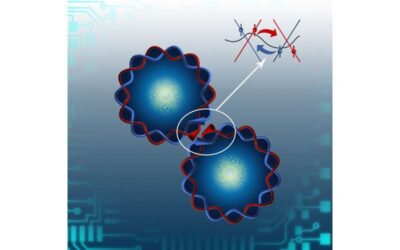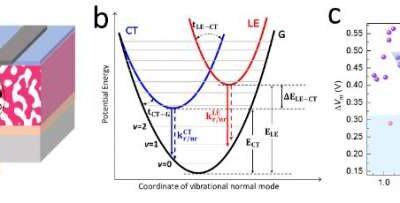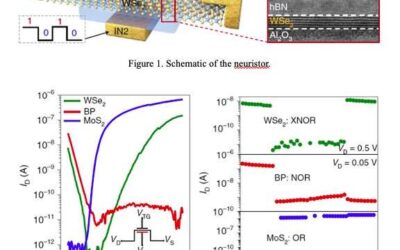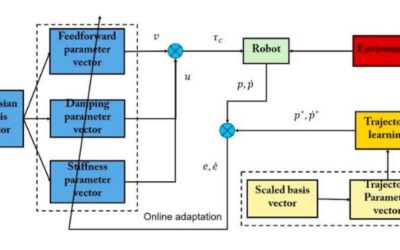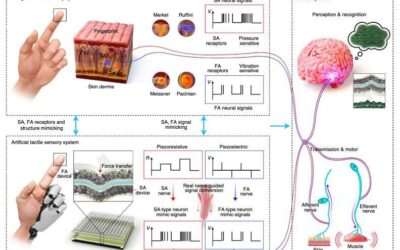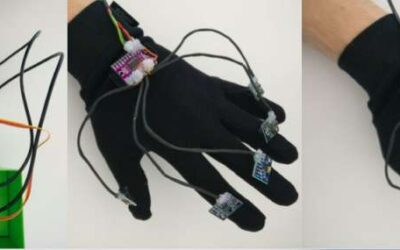Two important factors limiting Moore's Law are power consumption and Coulomb interactions. Coulomb interactions are interactions between electric charges that follow Coloumb's law, an electrodynamics theory.
TECHXPLORE
Study provides a unified description of non-radiative voltage losses in organic solar cells
In recent years, researchers have been trying to develop increasingly efficient and advanced solar technologies. One way of increasing the efficiency of solar cells is to reduce energy losses (i.e., voltage losses) caused by non-radiative recombination processes.
Researchers fabricate logic gates based on neuristors made of 2D materials
Individual neurons in the human brain can efficiently perform so-called Boolean operations; a type of algebraic operations that include union, subtraction and intersection. Computing systems that emulate biological neurons, such as neuromorphic computing systems,...
An approach to achieve compliant robotic manipulation inspired by human adaptive control strategies
Over the past few decades, roboticists have created increasingly advanced and sophisticated robotics systems. While some of these systems are highly efficient and achieved remarkable results, they still perform far poorly than humans on several tasks, including those...
Researchers create unipolar barrier photodetectors based on 2D layered materials
High dark current can significantly impair the performance of infrared photodetectors, devices that can detect photons in the form of infrared radiation. For many years, most solutions for blocking dark current used the electric field inside the detectors.
A model to predict how much humans and robots can be trusted with completing specific tasks
Researchers at University of Michigan have recently developed a bi-directional model that can predict how much both humans and robotic agents can be trusted in situations that involve human-robot collaboration. This model, presented in a paper published in IEEE...
LyricJam: A system that can generate lyrics for live instrumental music
Over the past few decades, computer scientists have developed computational tools that can generate specific types of data, such as images, words or audio recordings. These systems could have a variety of valuable applications, particularly in creative fields that...
Researchers create an artificial tactile skin that mimics human tactile recognition processes
Over the past few decades, roboticists and computer scientists have developed artificial systems that replicate biological functions and human abilities in increasingly realistic ways. This includes artificial intelligence systems, as well as sensors that can capture...
Features of virtual agents affect how humans mimic their facial expressions
In recent years, computer scientists have developed a broad variety of virtual agents, artificial agents designed to interact with humans or assist them with various tasks. Some past findings suggest that the extent to which human users trust these agents often...
WaveGlove: A glove with five inertial sensors for hand gesture recognition
Over the past few decades, computer scientists have developed a wide array of models and approaches to analyze different aspects of human behavior and communication, such as speech, emotions and gestures. Most existing techniques for hand gesture recognition rely on...

